Thousands of people from across the nation are expected to gather in Tokushima on Shikoku Island from August 12-15 to participate in the super-hyper Awa Odori festivities. The four-day festival is part of Bon festivities, which are held to welcome oneユs ancestors back to this world for a few days.
The dance dates back to 1587 when a feudal lord named Hachisuka Iemasa (1558-1638) decided to throw a party to celebrate the completion of his new castle. He offered sake to the local citizens and his guests became so drunk they started to dance in an unsteady gait, flailing their arms and legs about all over the place. Once they had recovered from their hangovers, it was decided to make it an annual event.
The feudal government of the time, afraid that the gatherings could easily turn into a mob that would try and oust them from power, imposed restrictions on Awa Odori. Nevertheless, participants over the past 400 years or so have constantly upheld the joyous spirit of the festival, and the tradition lives on Awa Odori.
Bon dances are usually performed in a circle, but Awa Odori participants march in a straight line. The dance is characterized by irregular steps, and by a jovial and energetic up-tempo rhythm. Separated into groups of men and women, the dancers parade through the city while flailing their limbs to music played on drums, gongs, three-stringed Japanese musical instruments and flutes.
The basic rule of Awa Odori is to move your right arm forward with your right leg and your left arm forward with your left leg in time to a two-beat rhythm. It is important to keep your hands and arms above your shoulder while dancing. This in itself is quite unusual, since most dancing styles in Japan emphasize downward motion; Awa Odori is upward oriented.
Ultimately, the movements are really simple and all participants have to do is keep their legs and arms moving forward with as much vigor as possible. Men dance in tabi (split-toed, rubber-soled socks), while women wear sandals, their heels not touching the ground. The dancers are grouped into teams called ren, which are usually made up several dozen dancers. They march through the streets in unison to music singing, “Odoru aho ni miru aho; onaji aho nara odoranya son son!モ (Itユs a fool who dances and a fool who watches; if both are fools, you might as well dance!). Because of this chant, Awa Odori is sometimes called the “foolユs dance.モ
During the day, people in Tokushima usually watch Awa Odori performances at one of the designated stages that have been set up around the city, albeit for a small admission fee. After 6pm, however, the town almost undergoes a complete transformation.
The excitement reaches fever pitch in the evening as crowds of spectators try their feet at the dance themselves along the roads linking the dance stages. By 10:30pm, Odori Road is transformed into a solid heaving mass of swaying limbs and as the dancing slowly subsides, the convivial atmosphere becomes almost as intoxicating as the drinks that are sure to follow.
Story by James Sycamore
From J SELECT Magazine, August 2007

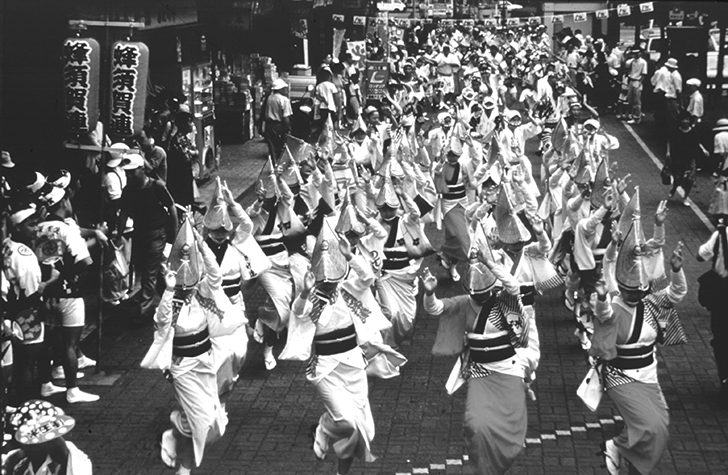



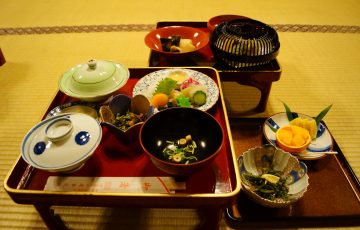

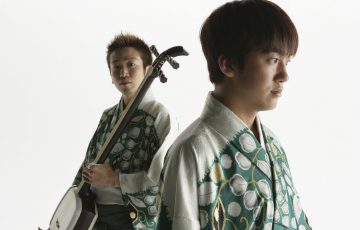
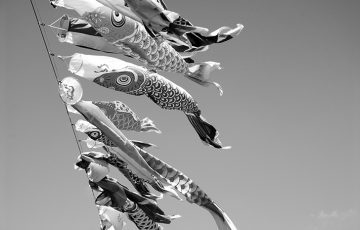
-360x230.jpg)
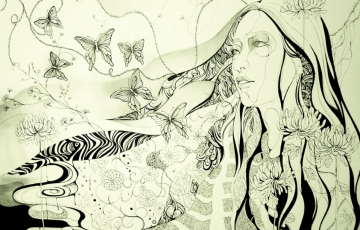
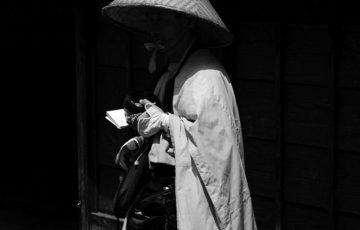



Recent Comments